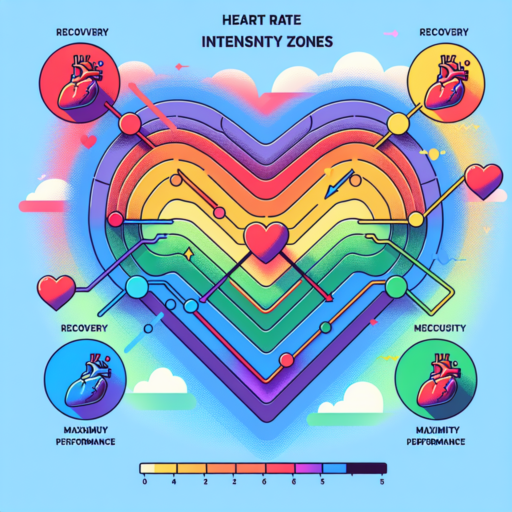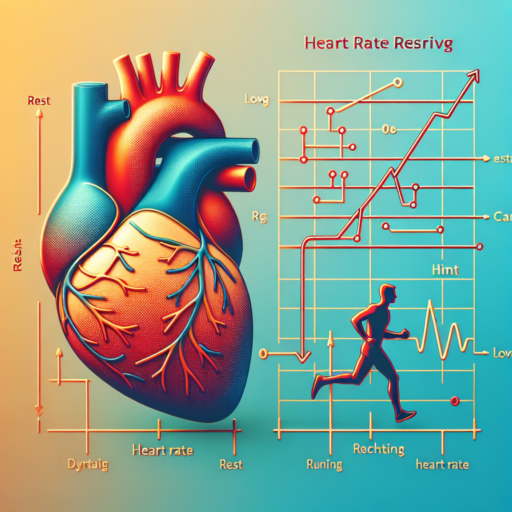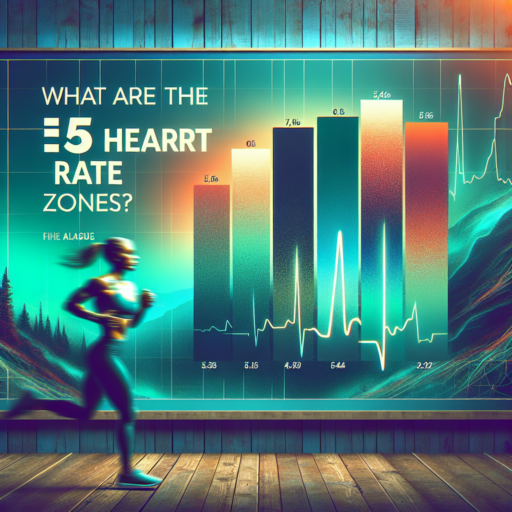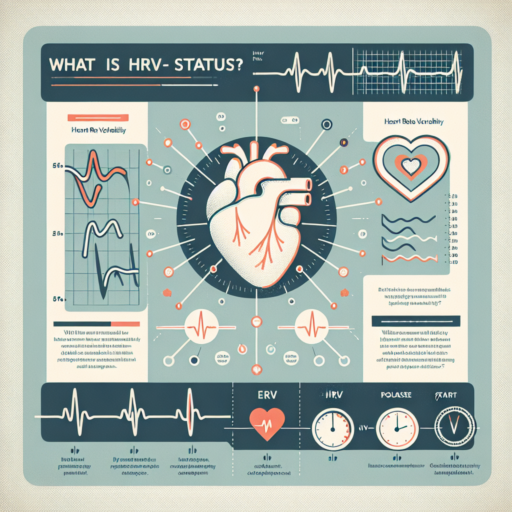What is intensity in heart rate?
Understanding the concept of intensity in heart rate is crucial for anyone looking to optimize their workout routines or monitor their cardiovascular health effectively. At its core, intensity in heart rate refers to the level at which the heart is working during physical activity compared to its maximum capacity. This measure is often used as a gauge to ensure that individuals are exercising within their targeted heart rate zones to achieve specific fitness goals efficiently.
Heart rate intensity can be categorized into different zones, each corresponding to a specific percentage of your maximum heart rate (MHR). These zones range from low intensity, which is ideal for fat burning and endurance building, to high intensity, which focuses on improving cardiovascular capacity and strength. By understanding and applying the concept of heart rate intensity, individuals can tailor their exercise routines to better align with their fitness and health objectives, whether it’s weight loss, improving athletic performance, or enhancing overall cardiovascular health.
The calculation of your maximum heart rate is a starting point for determining the appropriate intensity for your workouts. A commonly used method to estimate MHR is to subtract your age from 220. From there, calculating different intensity levels as percentages of your MHR can help outline a personalized and effective exercise plan. For instance, a moderate-intensity workout might target 50-70% of your MHR, while a vigorous session might aim for 70-85%. These percentages are pivotal in crafting a workout regime that doesn’t just rely on subjective feelings of exertion but on concrete, heart rate-based objectives that promote optimal health and efficiency.
No se han encontrado productos.
What is a good high intensity heart rate?
Determining a good high intensity heart rate hinges on several factors including age, fitness level, and individual health conditions. Generally, high intensity heart rate zones are defined as 70% to 90% of your maximum heart rate. To calculate your maximum heart rate, subtract your age from 220. Consequently, for a 30-year-old, a good high intensity heart rate could range between 133 (70% of 190) and 171 (90% of 190) beats per minute (bpm).
It’s important to note that sustaining such high heart rate levels is typically recommended during Interval Training or High-Intensity Interval Training (HIIT) sessions. These sessions involve short bursts of intense exercise followed by recovery periods, aiming to maximize cardiac benefits while minimizing the time spent exercising.
Monitoring your heart rate during exercise and ensuring it falls within your target high intensity zone can be instrumental in maximizing the efficacy of your workouts. Devices like heart rate monitors or smart watches provide real-time data, allowing for adjustments in exercise intensity to maintain a good high intensity heart rate. Always consult with a healthcare provider before starting any new exercise regimen, particularly if you have existing health conditions or concerns.
What heart rate zone should I be in?
Understanding the optimal heart rate zone for your exercise goals is crucial for maximizing the benefits of your workout and ensuring your heart health. The heart rate zone you should target depends on what you’re looking to achieve, whether it’s improving cardiovascular fitness, burning fat, or enhancing endurance.
Determining Your Heart Rate Zones
To identify the heart rate zone ideal for your workout, you first need to calculate your maximum heart rate (MHR). A simple method to estimate your MHR is to subtract your age from 220. Once you have your MHR, you can determine which zone you should target. Each zone is a percentage of your MHR and corresponds to different intensity levels and benefits.
- Light Intensity (50-60% of MHR): Ideal for beginners or for warming up. Enhances basic endurance and aids in recovery.
- Moderate Intensity (60-70% of MHR): Optimizes cardiovascular fitness and is great for fat burning.
- Vigorous Intensity (70-85% of MHR): Increases aerobic and muscular endurance. Suitable for more experienced athletes.
Each person’s body reacts differently to exercise, making it vital to listen to your body and adjust your target heart rate zones based on how you feel during and after workouts. Incorporating a variety of zones into your exercise routine can offer comprehensive fitness benefits and prevent workout monotony.
What is Zone 1 intensity heart rate?
Understanding the concept of Zone 1 intensity heart rate is fundamental for those embarking on a fitness journey, especially if the goal is to improve cardiovascular health or start a structured training program. Zone 1, often referred to as the «low intensity» zone, represents the very beginning of the heart rate spectrum where physical exertion is at its minimum yet effective level for promoting health benefits.
This heart rate zone is typically defined as 50% to 60% of an individual’s maximum heart rate. The exact numbers can vary based on the person’s age, physical condition, and fitness level. To calculate your Zone 1 heart rate, first, estimate your maximum heart rate by subtracting your age from 220. Then, apply the 50% to 60% range to determine your target Zone 1 heart rate. For example, a 30-year-old would have an estimated maximum heart rate of 190 beats per minute (220 – 30 = 190), making their Zone 1 target between 95 and 114 beats per minute.
Exercising within this zone has several benefits. It helps improve fat metabolism, enhances aerobic capacity, and prepares the body for higher intensity zones. Activities that typically keep you within Zone 1 include brisk walking, light jogging, or any low-intensity workout where you can easily carry a conversation without gasping for air. It’s the ideal starting point for beginners or those recovering from injury, as it minimizes the risk of overexertion while still encouraging physical adaptation.
While Zone 1 might seem slow or easy for seasoned athletes, it’s crucial for building an endurance base, recovering between more demanding workouts, and promoting overall heart health. Engaging in regular, prolonged sessions within this heart rate zone can significantly contribute to cardiovascular efficiency and stamina over time without putting undue stress on the body.




